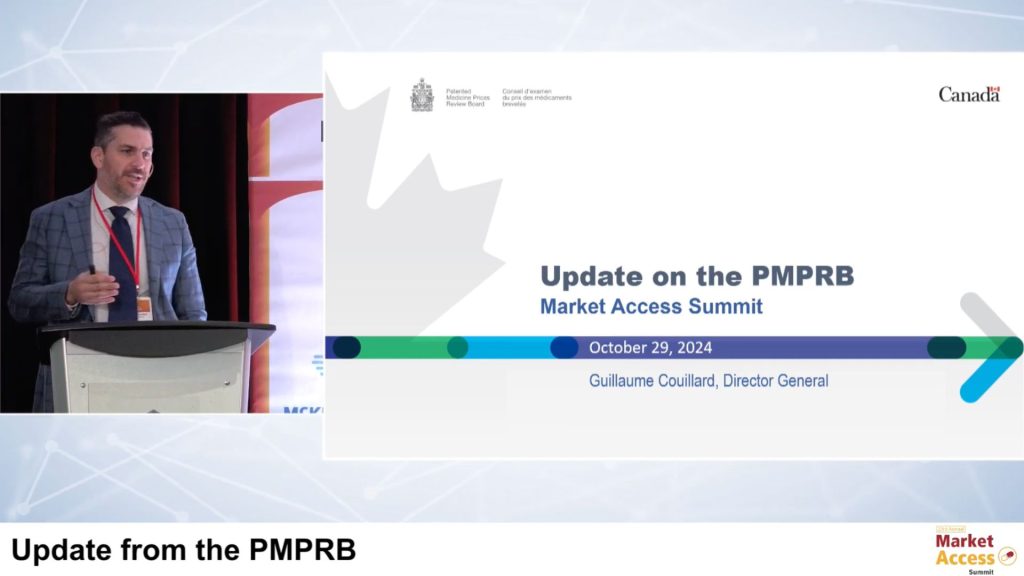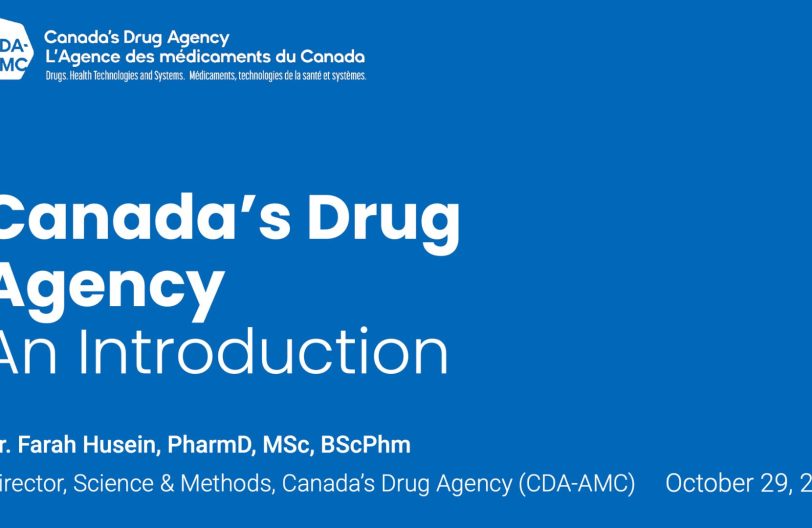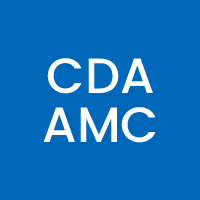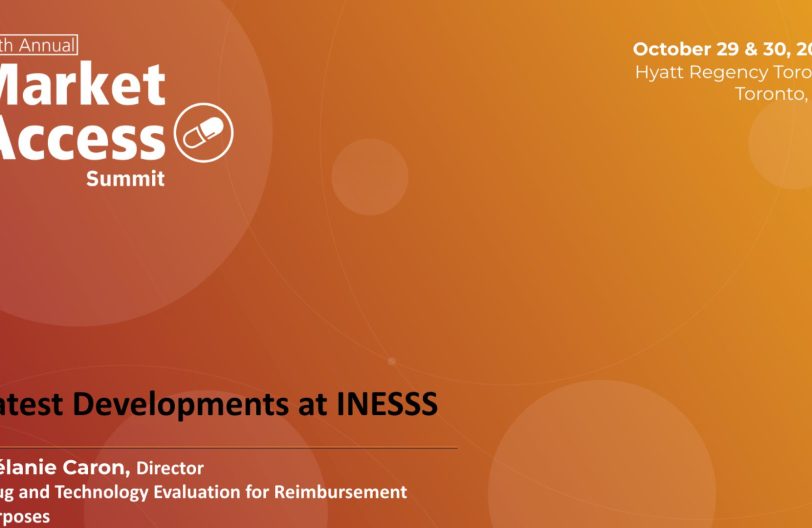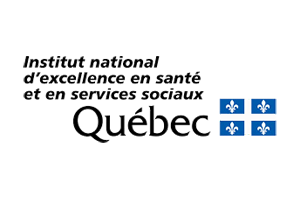Executive Summary
The Patented Medicines Prices Review Board (PMPRB) is undergoing a significant transformation in its approach to pharmaceutical pricing guidelines. This white paper explores the comprehensive consultation process that is reshaping the organization’s methodology for monitoring and reviewing drug prices in Canada.
- Historical Context
The PMPRB emerged from the 1987 NAFTA discussions as a unique regulatory body designed to monitor pharmaceutical pricing. Initially conceived as a mechanism to prevent excessive drug pricing, the organization has evolved dramatically over the past decades. Recent court decisions have fundamentally challenged its original mandate, forcing a critical reevaluation of its role in the Canadian healthcare ecosystem. The transition from a direct price-setting entity to a more nuanced price monitoring organization reflects the complex interplay between legal frameworks, healthcare economics, and pharmaceutical innovation.
- Consultation Framework
The PMPRB has strategically designed a three-phase consultation process that prioritizes transparency and stakeholder engagement. Phase 1 focused on a comprehensive scoping paper and policy roundtable, allowing broad industry input. The June 2023 discussion guide marked the beginning of Phase 2, introducing innovative approaches to price review mechanisms. This methodical approach demonstrates the organization’s commitment to collaborative regulatory development, moving beyond traditional top-down regulatory processes.
- Consultation Methodology
Stakeholder engagement has become the cornerstone of the PMPRB’s new approach. The organization has implemented virtual consultation meetings, allowing participants from across Canada to provide input without geographical limitations. Over 60 submissions were received and carefully reviewed by board members, with direct interactions providing unprecedented access to decision-makers. This approach represents a significant departure from previous consultation models, emphasizing dialogue over unilateral decision-making.
- Key Consultation Objectives
The consultation process aims to achieve multiple strategic objectives. Primarily, it seeks to clarify the PMPRB’s legal mandate within the narrower framework established by recent court decisions. By developing a transparent pricing review process, the organization hopes to create a more predictable environment for pharmaceutical companies. The guidelines aim to establish clear scientific and legal frameworks for price comparisons while maintaining flexibility to adapt to rapidly changing market conditions.
- Innovative Consultation Features
The proposed 60-day review mechanism introduces a streamlined approach to pharmaceutical pricing assessment. A complaint-driven review process allows multiple stakeholders, including provincial payers and private insurers, to flag potential pricing concerns. The annual monitoring of international price comparisons provides a dynamic approach to price assessment, moving beyond static historical models. These features demonstrate a sophisticated understanding of the complex global pharmaceutical marketplace.
- Challenges and Considerations
Balancing scientific and legal perspectives presents a significant challenge for the PMPRB. The organization must navigate the delicate intersection between pharmaceutical innovation, market access, and pricing regulation. Stakeholders have expressed concerns about potential unintended consequences, particularly regarding the impact on drug availability and market entry. The consultation process must carefully weigh these competing priorities while maintaining a clear regulatory mandate.
- Implementation Timeline
The consultation process follows a carefully planned timeline:
- October 2023: Initial consultation launch
- June 2024: Discussion guide publication
- December 2024: Draft technical guidelines release
- First half of 2025: Final guidelines implementation
This phased approach allows for comprehensive stakeholder input and provides pharmaceutical companies with ample time to prepare for potential regulatory changes.
- Recommendations for Stakeholders
Pharmaceutical companies and industry stakeholders are advised to take a proactive approach. Active participation in the consultation process is crucial, with detailed submissions providing the most valuable insights. Organizations should prepare comprehensive analyses of potential pricing review impacts and develop strategic responses to anticipated guideline changes. Continuous engagement with the PMPRB will be key to navigating the evolving regulatory landscape.
Conclusion
The PMPRB’s consultation process represents a transformative approach to regulatory development. By prioritizing transparency, scientific rigor, and stakeholder engagement, the organization is redefining the relationship between regulators, pharmaceutical companies, and the broader healthcare ecosystem.
This blog post is inspired by the 2024 Market Access Summit session featuring Guillaume Couillard, of PMPRB.


